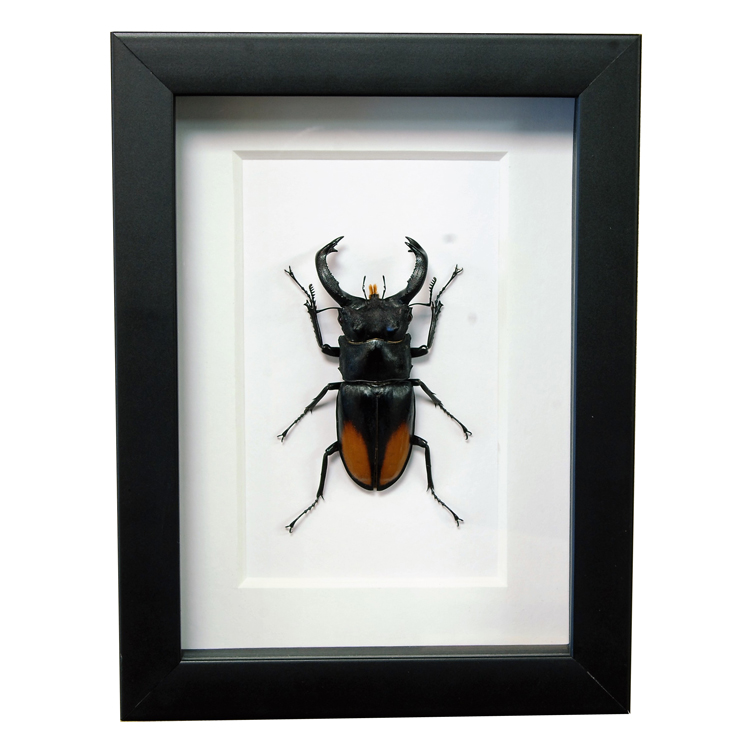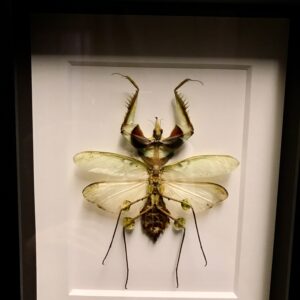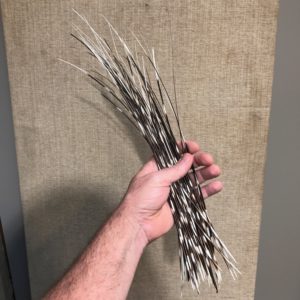Description
Cicada, Salvazana imperialis, Amazingly colorful Cicada mounted in a Black Wooden Frame.
Frame shown is 7″ x 7″ x 1″ deep.
You will receive this item, or one similar to it.
Salvazana imperialis Cicada Frame
The Salvazana imperialis, a remarkable cicada species native to Southeast Asia, is renowned for its striking appearance and distinctive sound. With its large, robust body and striking wings, the imperial cicada stands out among other species of cicadas. The wings of Salvazana imperialis feature intricate patterns, often showcasing translucent hues with bold, dark markings that catch the light, creating an almost regal look. These cicadas can be found in the dense tropical forests and woodlands of Southeast Asia, where they thrive in warm, humid environments.
Famous for their loud, resonant calls, Salvazana imperialis cicadas produce sounds that can be heard over great distances, especially during the peak of the mating season. Their calls, produced by rapid vibrations of specialized membranes, serve as a way to attract mates. The volume and pitch of these calls are not only impressive but are an essential part of the cicada’s reproduction cycle.
Salvazana imperialis is often spotted during the late summer months, particularly during the evening when the cicadas become most active. As with other cicadas, their life cycle involves a long nymph stage spent underground before emerging as adults. The nymphs feed on sap from plant roots, and once they reach maturity, they shed their exoskeletons and take flight.
This cicada species is an important part of its ecosystem, helping to aerate the soil and serving as a food source for various predators. Due to its specific habitat requirements and its role in the food web, preserving the forests of Southeast Asia is crucial to ensuring the survival of Salvazana imperialis.
Admired for its stunning appearance and loud, distinctive call, the Salvazana imperialis cicada is a fascinating creature that continues to intrigue entomologists and nature enthusiasts alike. Its presence adds to the rich biodiversity of Southeast Asia, making it an iconic symbol of the region’s natural beauty.






















